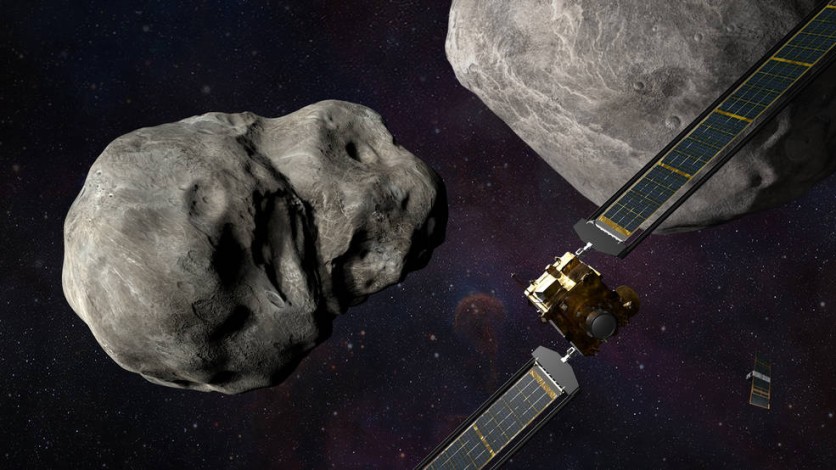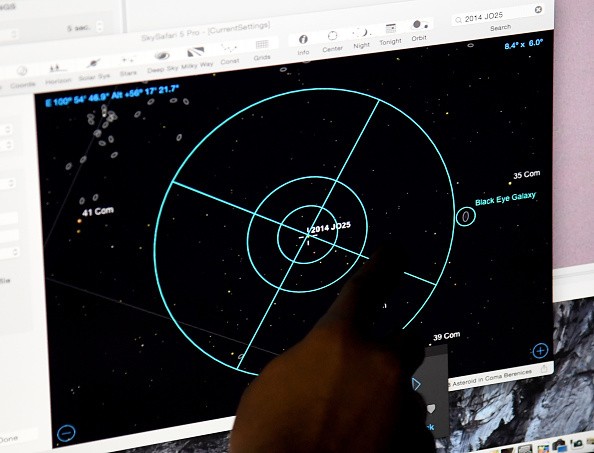Protecting Earth from giant asteroids has become among the priorities of NASA and other space agencies.

The National Aeronautics and Space Administration has now developed its so-called DART (Double Asteroid Redirection Test) spacecraft.
However, unlike the technologies you see in sci-fi films, the NASA DART is described as a one-hit-wonder. This means it will be destroyed when it crashes into the Dimorphos asteroid.
NASA DART Mission
Interesting Engineering reported that the NASA DART spacecraft is designed to change Dimorphos' path. Experts call this technique the "kinetic impact."

Also Read : A 68-Foot-Wide Asteroid That is 10 Times Faster Than a Rifle Bullet Will Travel Toward Earth Tomorrow
It will alter the asteroid's orbit by directing impact on its surface. Space experts believe a tiny deflection could efficiently change the space rock's path.
However, observations are still needed to be conducted after the impact. As of writing, an investigation team is expected to check Dimorphos' orbit once DART crashes into it.
Involved researchers will study the asteroid's motion around Didymos by observing its orbital period, which is when the asteroid passes in front and behind Didymos.
Space.Com reported that the official launch for NASA's DART collision is scheduled on Sept. 26. But before that happens, NASA will still take some photos of the asteroid, especially since Dimorphos is the sixth space rock that can be seen up close.
Efficient Global Cooperation Still Needed
If ever the NASA DART mission is proven effective, more efforts are needed from NASA, ESA, and other space agencies if they want to protect Earth from potential asteroid impacts.
During the recent International Astronautical Congress 2022, NASA, ESA (European Space Agency), and APL (Johns Hopkins University Applied Physics Laboratory) representatives outlined their plans to respond effectively to asteroid hazards.
For example, ESA confirmed that it will launch a follow-up surveyor mission called Hera as early as 2024. This rocket will also reach the Didymos system around 2026.
If you want to learn more about the things that NASA, ESA, and APL shared when it comes to preventing hazardous asteroid impacts, you can visit this link.
Recently, NASA Artemis 1 was expected to send a cubesat that will follow an asteroid using a solar sail.
We also reported that a stadium-sized asteroid flew by Earth at 20 miles per second.
For more news updates about asteroids and other space objects, always keep your tabs open here at TechTimes.
Related Article : NASA's DART Mission Will Finally Smash an Asteroid Next Week
This article is owned by TechTimes
Written by Griffin Davis
ⓒ 2025 TECHTIMES.com All rights reserved. Do not reproduce without permission.




